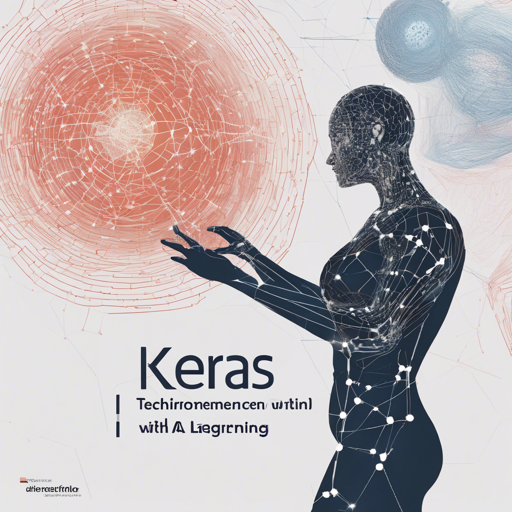Welcome to the world of deep reinforcement learning (DRL) with Keras-RL! In this article, we’ll walk you through how to set up and use Keras-RL in your projects, providing you with insights into various algorithms and how to get started with some examples.
What is Keras-RL?
Keras-RL is a Python library that implements cutting-edge deep reinforcement learning algorithms designed to work seamlessly with the Keras deep learning framework. Think of Keras-RL as your toolkit for training intelligent agents to learn and make decisions through trial and error, similar to how humans learn from experiences.
Just as a person learns to ride a bike by falling and getting back up, Keras-RL helps agents learn optimal policies in environments by receiving feedback based on their actions. The integrated compatibility with OpenAI Gym allows you to evaluate and experiment with various algorithms effortlessly. You can even customize it to suit your needs!
What Algorithms are Included?
As of now, Keras-RL features several powerful algorithms:
- Deep Q Learning (DQN)
- Double DQN
- Deep Deterministic Policy Gradient (DDPG)
- Continuous DQN (CDQN or NAF)
- Cross-Entropy Method (CEM)
- Dueling network DQN (Dueling DQN)
- Deep SARSA
- Asynchronous Advantage Actor-Critic (A3C) – In Progress
- Proximal Policy Optimization Algorithms (PPO) – In Progress
For detailed explanations of every agent, you can check out the documentation here.
Installation
Getting started with Keras-RL is easy! You can install it via PyPI or directly from the source on GitHub:
- Install via PyPI (recommended):
pip install keras-rl - Install from GitHub source:
git clone https://github.com/keras-rl/keras-rl.git cd keras-rl python setup.py install
Examples
Once you have set up Keras-RL, you can start experimenting! Here’s how you can run a simple example:
- First, install necessary dependencies:
- Install OpenAI gym: Installation instructions
- Install h5py:
pip install h5py - For Atari examples, install:
pip install Pillow pip install gym[atari] - Now, run the example script:
python examples/dqn_cartpole.pyThis particular example is simple and allows for quick convergence. Plus, you get to visually observe the learning process in action!
Troubleshooting Ideas
If you encounter issues while setting things up or running examples, don’t worry! Here are some troubleshooting tips:
- Ensure you have all dependencies installed. Sometimes, missing packages can cause issues.
- Make sure you are using compatible versions of Keras, TensorFlow, and gym.
- If errors persist, check out the documentation for solutions to common problems.
- Join the community on Gitter for real-time help and sharing! Join the chat.
For more insights, updates, or to collaborate on AI development projects, stay connected with fxis.ai.
Visualizing Training Metrics
To visualize your training progress, you can utilize Weights & Biases (Wandb). Simply run:
pip install wandbThen add the WandbLogger callback to your agent’s training method:
from rl.callbacks import WandbLogger
agent.fit(env, nb_steps=50000, callbacks=[WandbLogger()])Conclusion
In conclusion, Keras-RL serves as an excellent introduction to deep reinforcement learning, providing the tools you need to start building intelligent agents. By facilitating a user-friendly interface, it lowers the barrier for entry into the world of DRL.
At fxis.ai, we believe that such advancements are crucial for the future of AI, as they enable more comprehensive and effective solutions. Our team is continually exploring new methodologies to push the envelope in artificial intelligence, ensuring that our clients benefit from the latest technological innovations.

